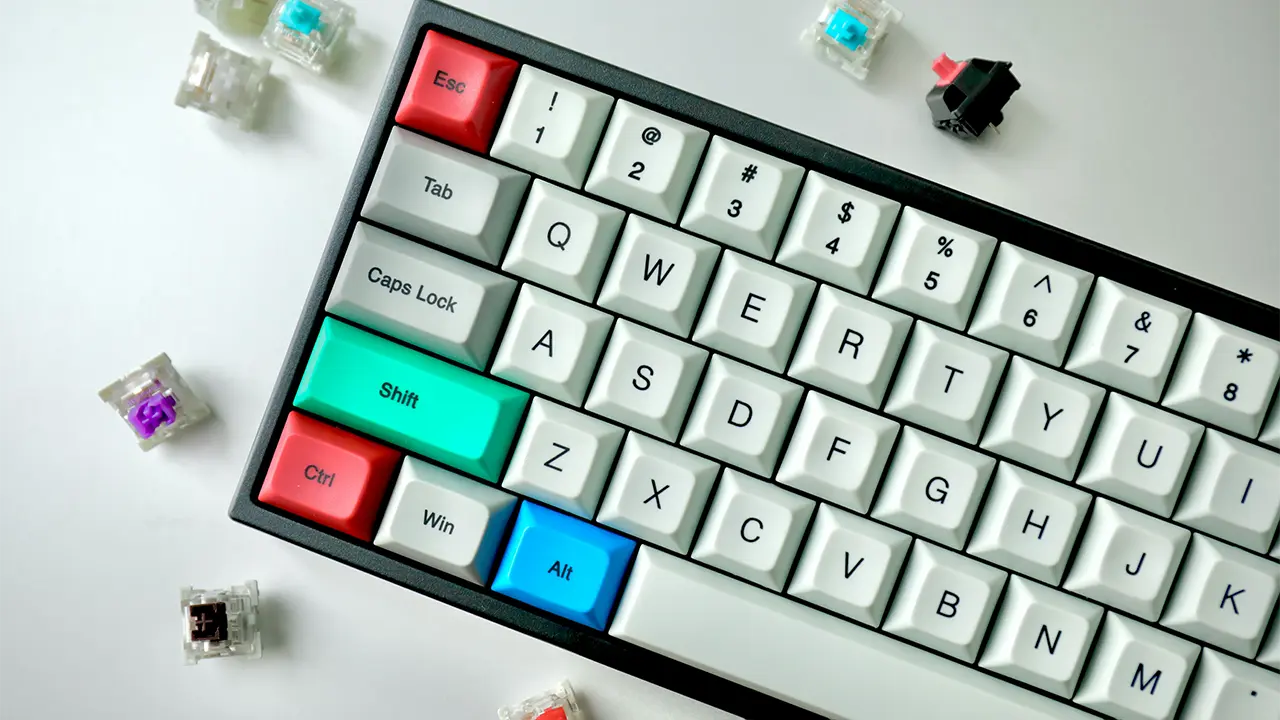Your cart is currently empty!

The keyboard, often overlooked, is one of the most essential tools in modern computing. It’s the physical bridge between human thought and digital execution, turning ideas into words, code, and commands. Over the decades, keyboard design has evolved from chunky typewriter-like machines to sleek, responsive instruments crafted for speed, comfort, and precision. Whether on a laptop, desktop, or mobile device, the feel and function of the keyboard directly influence productivity and user satisfaction, making its design a crucial part of the computing experience.
Today’s designers face the challenge of balancing ergonomics, aesthetics, and performance in keyboard layouts and materials. Mechanical keyboards, once seen as relics, have surged back in popularity thanks to their tactile feedback and customizable switches.
On the other end, ultrathin membrane and scissor-switch keyboards dominate laptops, offering portability without bulk. Each design choice—from key travel and actuation force to layout and backlighting—affects how users interact with their devices. As work and leisure increasingly rely on digital input, the art of crafting the perfect keyboard has never been more relevant.
Ergonomics: Designing for Comfort and Health
Ergonomic keyboard design goes beyond looks—it’s about protecting the user’s health. Poorly designed keyboards can contribute to repetitive strain injuries, carpal tunnel syndrome, and general fatigue, especially for those who spend hours typing every day. That’s why split keyboards, tented designs, and wrist supports have become more prominent in both consumer and professional setups. By reducing the unnatural twisting of wrists and aligning the hands in a more natural position, ergonomic designs aim to keep users comfortable over long sessions.

Additionally, modern ergonomic keyboards often include features like adjustable angles, negative tilt, and cushioned palm rests. These small design tweaks make a significant difference in preventing discomfort and improving overall typing posture. As more people become aware of the importance of ergonomics, demand for thoughtfully designed keyboards that combine health benefits with visual appeal continues to rise.
Mechanical vs. Membrane: The Battle of Feel
A central debate in keyboard design is mechanical vs. membrane switches. Mechanical keyboards, with individual switches under each key, offer distinctive tactile and auditory feedback. This makes them popular among gamers, programmers, and typing enthusiasts who value precision and durability. Membrane keyboards, on the other hand, use pressure pads and are typically quieter, thinner, and more affordable, making them the default for most laptops and budget setups.

Each has its own strengths and appeals to different user needs. Mechanical keyboards offer customization through switch types (linear, tactile, clicky) and keycap designs, while membrane keyboards prioritize compactness and portability. Understanding the subtle differences between these technologies helps consumers choose the right tool for their needs, highlighting how even a small design choice can shape the user experience.
Great adventures deserve great sound. Choose a Keyboard that amplifies every moment, wherever life takes you.
James Cooper
The Future of Keyboard Innovation
Looking ahead, keyboard design is poised to embrace even more innovation, from adaptive touch-sensitive surfaces to haptic feedback and customizable layouts. With the rise of foldable devices and augmented reality, we may soon see keyboards that exist only as projected or virtual interfaces, yet deliver the tactile satisfaction users crave. As input technology advances, the art of keyboard design will remain at the heart of how we communicate and create.
Tags:
Share:
Leave a Reply